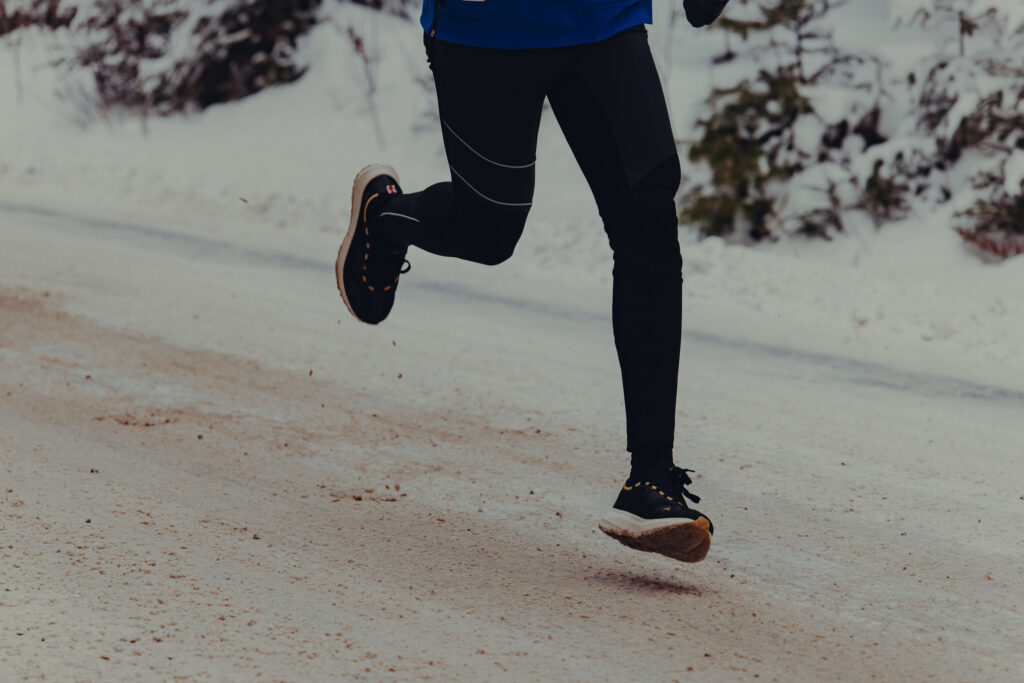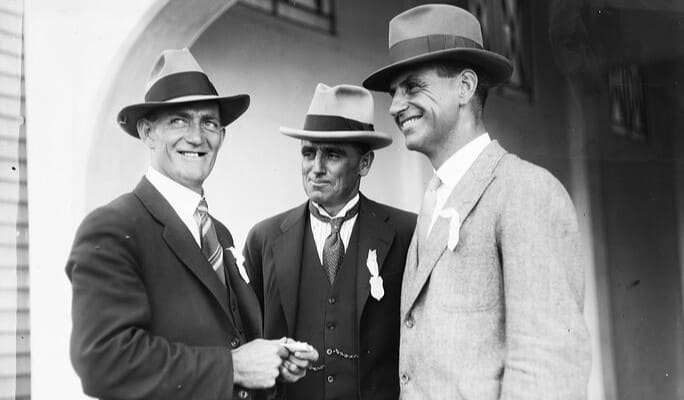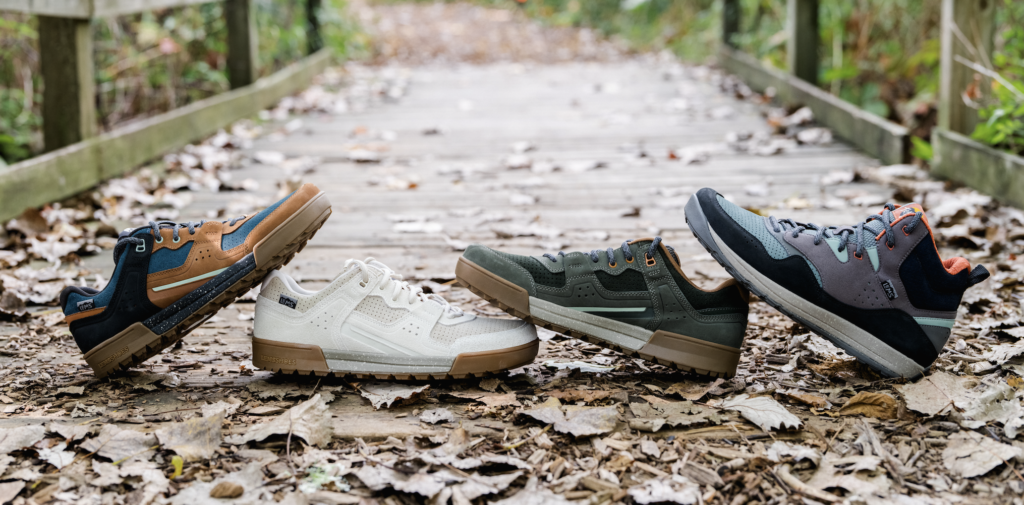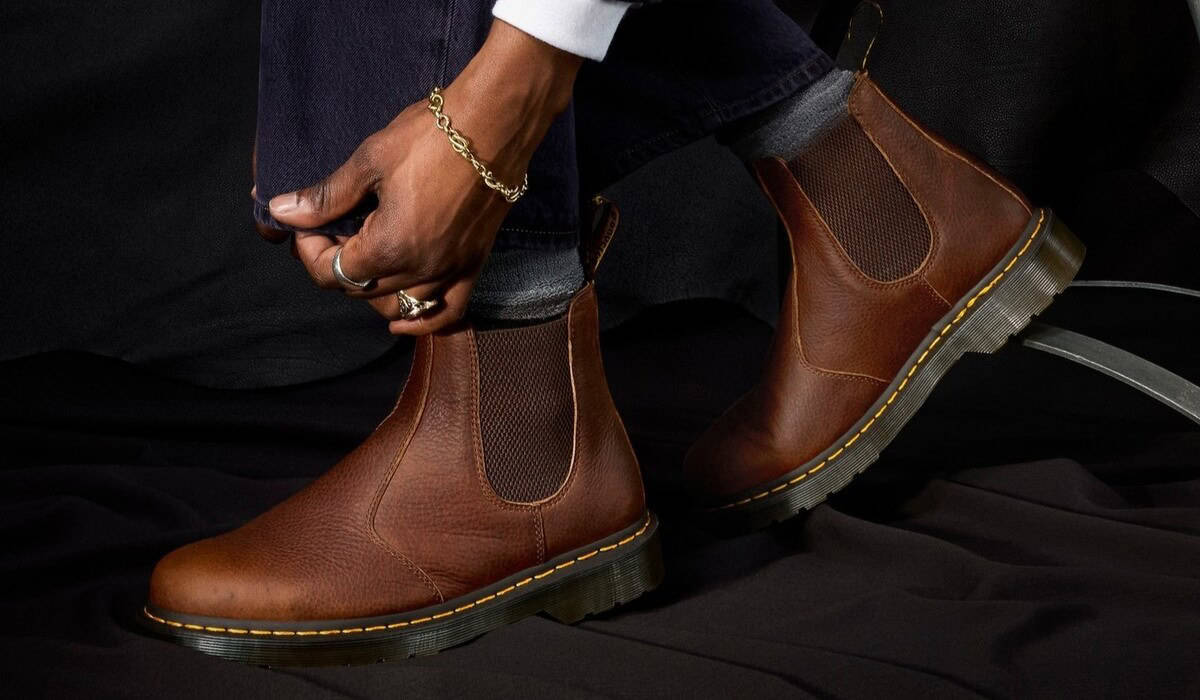What Most People Get Wrong About the Levi’s 505 Fit
Jan 7, 202610 Best Japanese Denim Brands – Top Jeans in 2023
- Oct 22, 2023
- 0 Comments
843
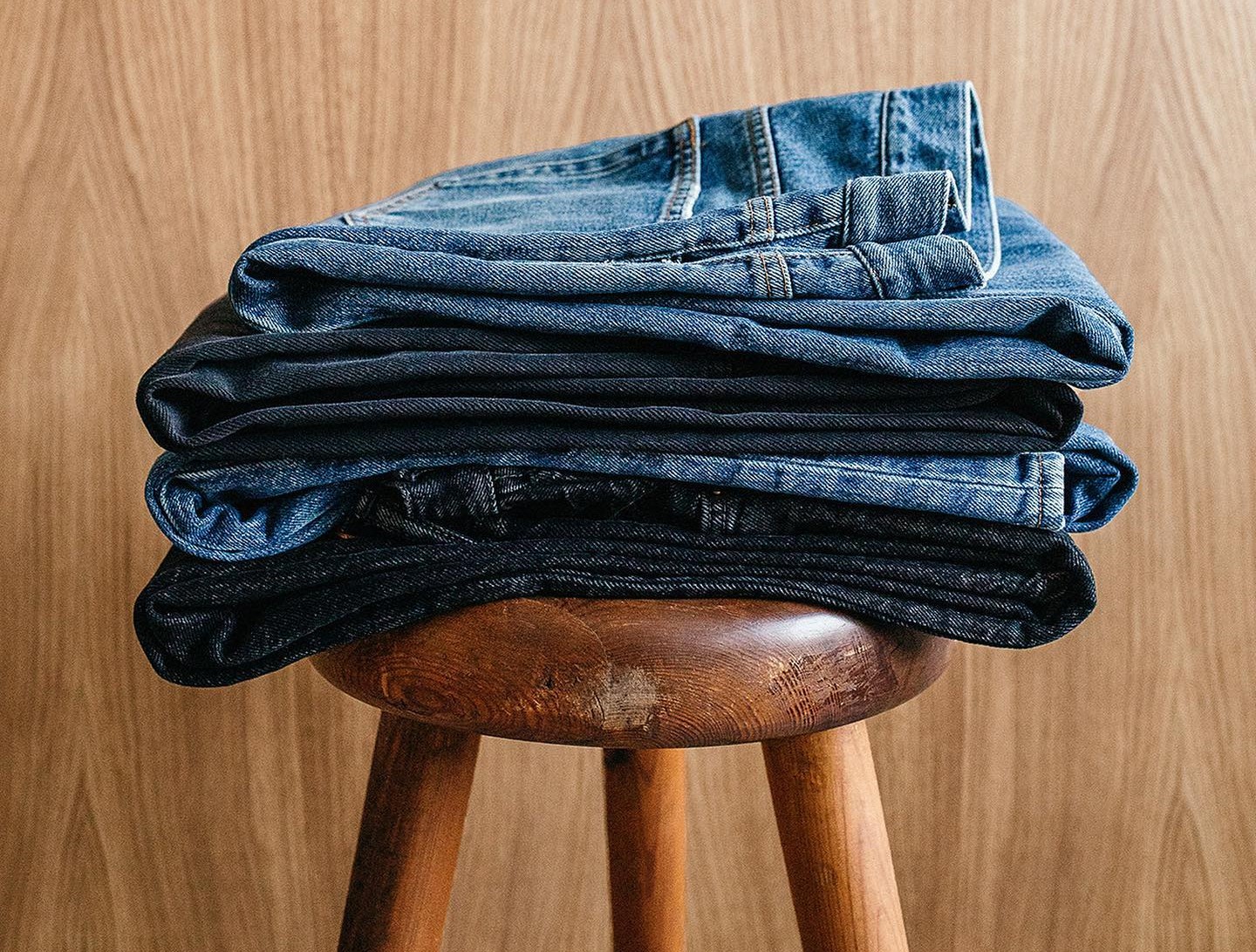
Haven’t you heard? Japanese denim is, de facto, the best. “Denimhead” fanatics have been extolling its virtues for quite some time now. In Kojima, Okayama, there’s a whole vibrant, bustling scene with approximately forty makers alone. But which of these are the best Japanese denim brands? And why Japan?
In a grave twist of fate or Stockholm syndrome, Americana cool became stylish in Japan after World War Two ended. “One of the side-effects of the US occupation during the second world war was an obsession with Americana among Japanese youth, who embraced American pop culture and created a healthy black market in used Levi’s and Lee jeans,” reports The Guardian.
But what makes Japanese denim so glorious is how Japan retained the traditional methods, unlike the US industry. Japanese denim uses traditional shuttle looms. Plus, hand-sewing, riveting, some handworked looms, and even natural indigo loop-dying are still in use. These techniques take a long time but create elegant, unique textures and a product of the highest standards.
So we’ve researched, curated, and delivered a shuttle loom’s worth of high-quality selvedge content to enjoy. Sit back, relax and choose the best Japanese denim for men. We dare you. We double-denim dare you.
This pair of jeans are the real deal. The subtle linear pattern is the result of weaving two different natural indigo-dyed yarns. Using natural indigo is a time-intensive fermentation process involving plant dye in clay pots buried underground for up to one year. Like anything fermented, each batch provides a wholly unique output of color, density, and strength.
The slow production loom uses naturally slubby denim, giving the jeans extra zest. Plus, it’s unsanforized (i.e., not mechanically compressed and softened). Instead, the fabric is softened by tempi, which avoids shrinkage but keeps the texture expected with raw denim.
This pair is enough to get the most emotionally detached denimhead buzzing with excitement.
It’s time to welcome a well made pair of pants into your life that don’t scream ‘I paid hundreds of dollars for these and waited in a 10 hour line to get them.’ While that’s some people’s vibe, it’s not going to work for you. If you need a pair of jeans to get you through the day on a budget, say hello to some Wax London denim.
The fabric has been shaped through a softly tapered leg for a natural fit and feel. And the deep indigo tone will meld and change throughout the years according to your use (see FAQs for how to break in raw Japanese denim jeans). But in its initially dark phase, it’s a smart customer indeed.
Want to know where your denim comes from? And not just casually like, oh, I wonder where these jeans are made, but really like, it’s imperative I know the provenance of this copper rivet. Then
This chic pair of raw denim jeans are constructed from 100% organic well-traveled cotton. Grown in Turkey, spun in Bangkok, dyed and weaved in Hiroshima, Japan, then finished in Yokohama, Japan. The jeans are then cut, sewn, and finalized in Italy.
Asket provides information on each factory, producer, and material along the way. And when you consider
You know the saying, “too many chefs spoil the broth?” Well, just look at this tri-part collaborated denim trucker jacket and tell me that’s still true.
The OGs in the denim game, Levi’s, bring their traditional rugged silhouette to the picture. Junya Watanabe, protege to Rei Kawabuto (of Comme des Garçons), brings uneven stitching to the design, ushering in the concept of beauty in imperfection. And Eye brings their West Coast good vibes. Three chefs cheffing up some of the best Japanese denim on the menu.
We adore the little button-down pockets on the front, which give a more refined and cultured approach to the tough trucker jackets of yore. Style it with white or off-white trousers and a delightful pair of chunky dark brown brogues. Try a hoodie underneath the jacket if it’s a little chilly. Feeling bold? Double-denim the hell out of this jacket.
I genuinely still think about a natural rinse denim jacket that mysteriously disappeared one day (definitely left it in a hotel in a flurry of hungover nerves), and I miss it so. I found it to be the perfect spring-summer partner. It’s there when the temperature drops slightly, it’s there when the wind picks up, and it reflects the sun’s powerful rays. Styling-wise it goes with chinos, jeans, shorts, swim shorts, suit trousers, t-shirts… It’s a versatile beast.
So, this jacket from The Workers Club will do all of this and more because it’s crafted using narrow loom selvedge denim by the renowned Okayama Mill. It’s about time I replaced that jacket, you know.
How do you know if you’ve found one of the best Japanese denim brands? Because you find yourself wearing them… every day. Drake’s distilled their vintage-spun smart-casual daily wear aesthetic and beamed it straight into 14.2oz Japanese selvedge denim. The result could not be more catastrophically stylish.
An extremely rare shuttle loom from Okayama weaves the denim, followed by a natural dye, then a bleach wash. The whole process gives the effect of making them immediately wearable, soft-to-the-touch, and dripping with panache. Welcome to your new daily style.
Raw or selvedge denim doesn’t always come associated with white denim, but by gum, does it work. The selvedge brings elegance to the rolled-up white hem, pushing this cotton-twill fabric into a smart-casual realm. Wear a chore jacket and boat shoes with these jeans for a striking effect.
Sometimes, the best Japanese denim brands in Kojima can seem inaccessible to a Western market. For example, one brand requires you to email them to obtain a password to enter the website. Hiroki Kishimoto has taken all the heritage, skill, and craftsmanship of Japanese denim and packaged it for a Western audience.
This particular silhouette sports a unique invention: a circle waistband. It’s said to mirror the contours of your waist more adeptly than a conventional waistband, thus being more comfortable to wear. We’re here for it.
Edwin was founded in Japan in 1947 when Mr. Tsunemi began importing US fabrics. From there, the brand has become one of the few best Japanese denim labels to have gone truly global.
We love that these jeans are in black. Though not an entirely traditional Japanese denim color, they’re a staple of menswear for a reason. These particular jeans come in a light 11oz selvedge denim, meaning they’re softer, lightweight, and practical. P.S. Loose Straight fit is super in right now.
When your jeans are described as battle-ready, you know they’re going to be tough. The weighty 18oz Zimbabwe cotton used to make these Momotaro Jeans are guaranteed to be durable. They’ll greedily soak up life’s vicissitudes. Meanwhile, the pink selvedge finish and the white stripes on the bum pocket signal to other avid denimheads the fine provenance of this pair.
These jeans are sanforized, meaning they’ve been softened and pre-shrunk to make the experience of wearing these coarse jeans a little easier on the leg hairs. For a beautiful, premium pair of jeans such as these, styling will be a breeze. Just please don’t wear brown leather shoes with them. That is nauseating.
Jeans are classic items. So, when you catch a glimpse of something daring and chic, it tends to come with a little eyebrow raise and a surprised ooh. This YMC x Hawksmill collaboration combined the pure quality and love of the best Japanese denim with a creative spirit, presenting the denim in a black-and-white pinstripe.
Wear them as you would conventional jeans, though. Perhaps with a baggy white t-shirt and some Vans sneakers below, let these very cool jeans do the talking. But being a collaboration, this is only a limited edition. So don’t let them hang around on your open tab bar for too long, and snap ‘em up.
What To Look For When Searching For The Best Japanese Denim Brands
Material
Japanese denim (at the risk of annoying you) is denim made in Japan. When shopping for the best Japanese denim brands, be on the lookout for the weight of the material. This will naturally shape how it behaves as a material and how you might use it.
Keep an eye on the use of natural indigo dyes, as this is a technique especially cherished and preserved in Japanese manufacturing. Also, check to see if it has been sanforized (softened and shrunk) or pre-washed. This will dictate how it will shrink (or not shrink) in the future and how it feels from the off.
Fit
This can get confusing. The cotton fibers of raw denim will naturally loosen up with wear, altering the fit of the jeans. But if they are un-sanforized, unwashed, and untreated, they will also shrink (around 10% the size, but not in the waist). The best advice is to see what the brand suggests for that particular pair of jeans. If you’re unsure, email the brand.
Key products (jacket, jeans etc)
The denim jacket and jeans are typical because of the natural rigidity and strength of the denim material. You could try denim boxer sorts or socks, but I doubt they’d take off. A Japanese denim jacket tends to take the trucker jacket style, owing to their dedication to the 50s Americana style, and jeans are usually a traditional five-pocket style for the same reason.
FAQ
-
-
Into the second half of the 20th Century, the US adopted the projectile loom for efficiency, lower costs of production, and higher volume. Meanwhile, Japan stayed resolute, and Japanese brands bought up old US shuttle looms. Shuttle looms take five times longer, but a yard becomes its own unique tapestry of little slubs.
Some brands still use natural dye techniques which take one to two months to achieve a rich indigo color with a distinctive flavor. For reference, natural indigo costs around ten times its synthetic counterpart. When all of these marvelous facets of traditional production coalesce, it truly creates the best Japanese denim.
-
Firstly, what is selvedge denim? It’s a denim fabric woven with a sealed or self-edge finish (hence “selvedge”) to prevent fraying and unraveling of the fabric.
Japanese selvedge denim gives the fabric a beautiful texture by using shuttle looms and embracing techniques like natural indigo dye, hand-finishing, and even hand-weaving.
-
It’s been suggested that you should never wash your raw denim, but washing is actually good for your jeans. It rids them of bacteria, sweat, dirt, and salt that ultimately eat away at the fabric. 3Sixteen recommends turning your jeans inside out and cold washing by hand for the first few times to preserve the indigo.
When using a washing machine, put them on a cold wash inside out. In terms of frequency, every one to two months after nearly daily wear is a rough rule of thumb.
-
If you’re lucky enough to afford around $2,000 for a pair of naturally dyed, hand-loomed Japanese denim jeans (such as Momotaro Gold Label, a contender for the best Japanese denim throne), then the denim will be already soft. For most other Japanese denim, it will be coarser, thicker, and raw, so softening will become advantageous. There are a few ways to go about this process:
1. Just ride it out. They’ll become a document of your life from day one. Wearing them in warmer weather will naturally soak up humidity and help soften them quicker.
2. Take a shower or a bath with them on. You know you’re approaching fanatic levels when you won’t even take them off for a shower.
3. Sleep in them (but I value sleep too much to recommend this option).
4. If you wanna get weird and cathartic with it, hit them with a hammer.
5. Leave them overnight in a 1-part white vinegar to an 8-part warm water solution. The vinegar helps soften while retaining the dye color.
6. Put them in the dryer with tennis balls to naturally beat and soften the fabric. Make sure you do this on a low heat setting.
-
Publisher: Source link




